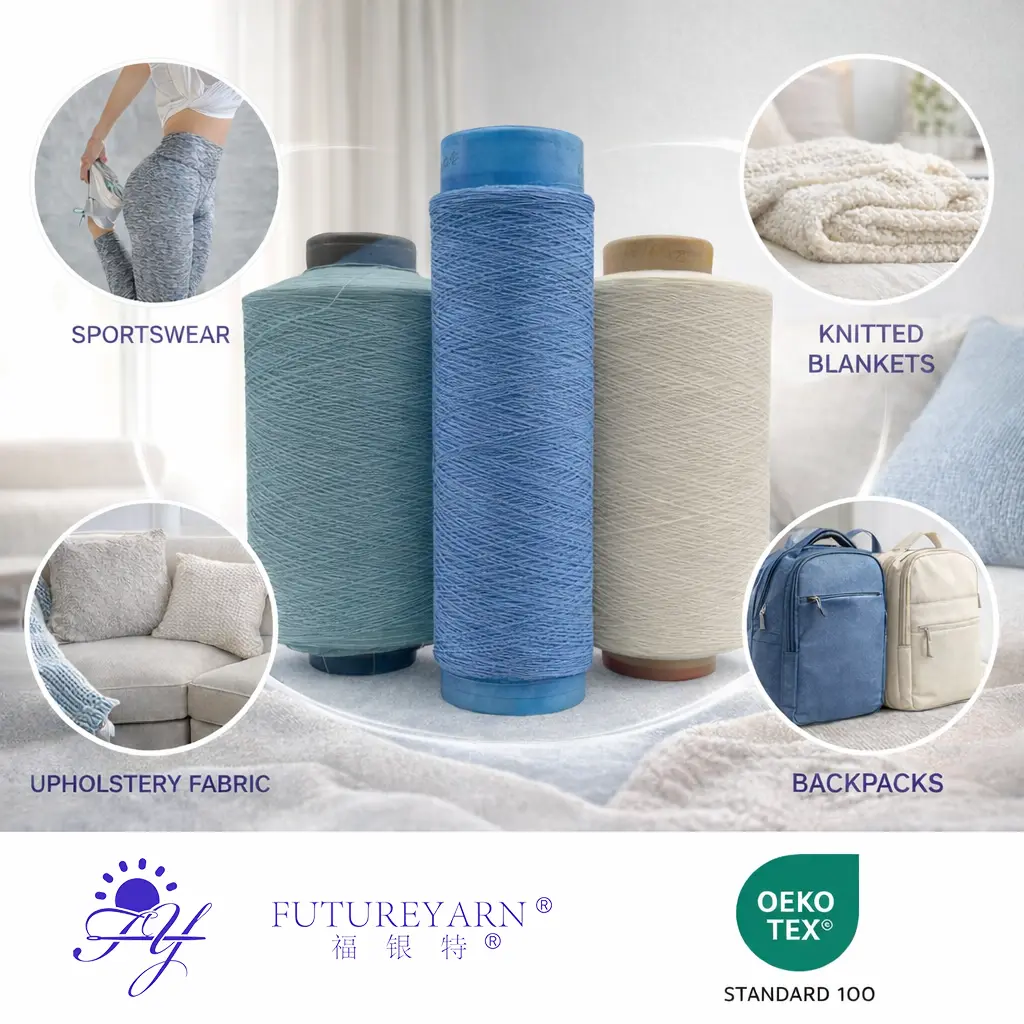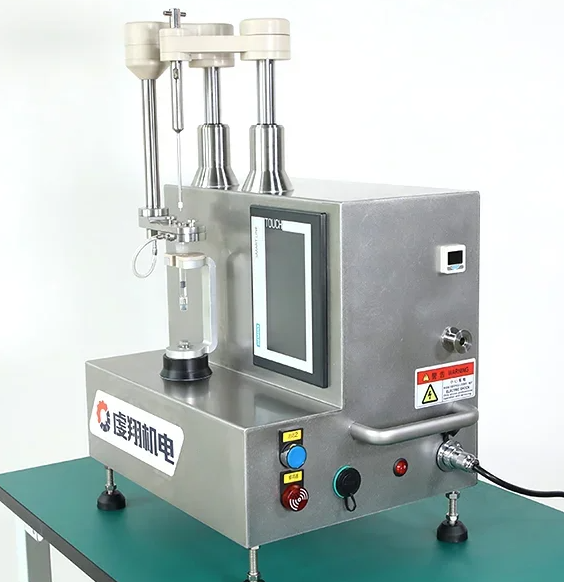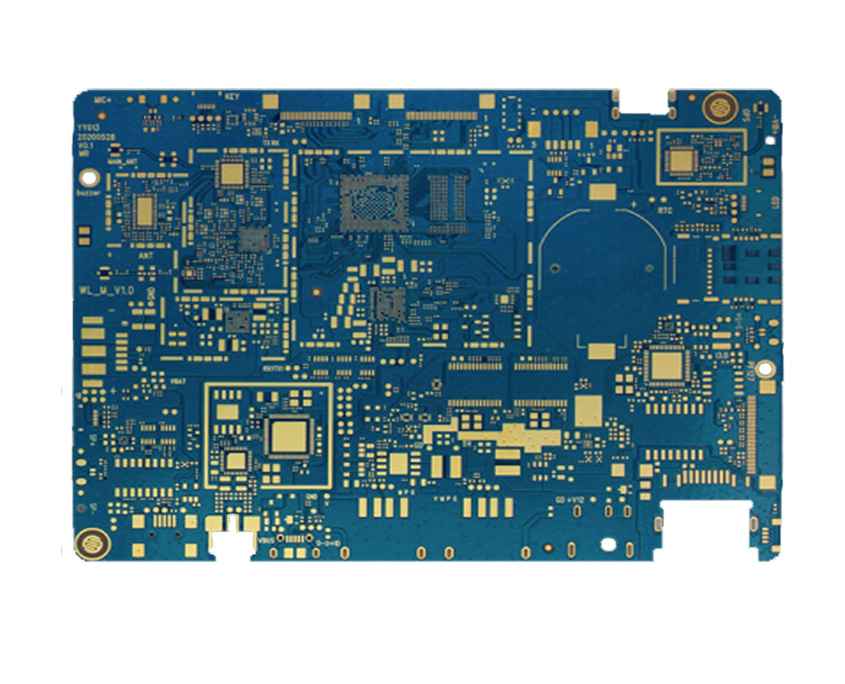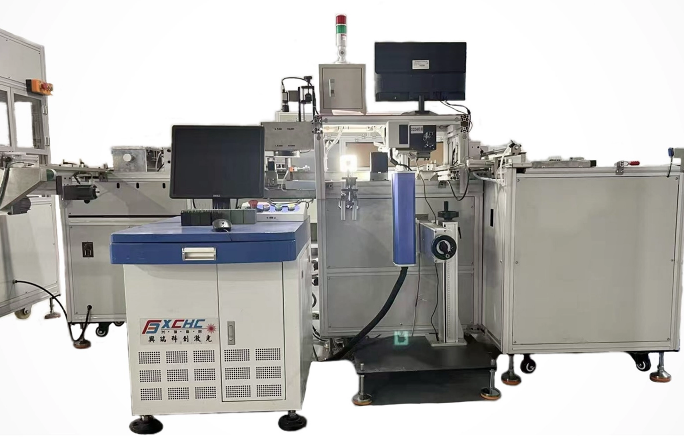In the production of injectable pharmaceuticals, maintaining sterility is paramount. Even minor deviations in process control can compromise product safety, efficacy, and regulatory compliance. One critical stage that directly influences sterility is vacuum stoppering. The precision of this process ensures the correct seating of stoppers, prevents contamination, and maintains the integrity of injectable formulations.
Jiangsu Pharmasys Intelligent Equipment Co., Ltd., a leading manufacturer of aseptic pharmaceutical equipment, has extensive experience in optimizing vacuum stoppering systems to enhance injectable product sterility, throughput, and operational efficiency. This article explores the impact of vacuum stoppering precision on sterility, identifies common challenges, and provides strategies for achieving consistent, high-quality production.
1. The Role of Vacuum Stoppering in Sterile Production
Vacuum stoppering is a critical aseptic step where stoppers are securely seated onto vials under vacuum conditions. Unlike simple mechanical capping, this process provides:
-
Uniform stopper placement: Ensures consistent sealing, reducing gaps that could allow microbial ingress.
-
Foam reduction during filling: Vacuum stoppering minimizes air entrapment that may compromise sterility.
-
Cross-contamination control: By controlling stopper placement under vacuum, the risk of contaminant introduction is significantly reduced.
Precision in this process is directly linked to product sterility. Misalignment or improper sealing can compromise vial integrity and trigger regulatory issues.
2. Key Factors Affecting Vacuum Stoppering Precision
a) Equipment Accuracy
High-precision stoppering machines, such as the SMART-21 series semi-automatic stoppering machine, provide:
-
Consistent vacuum application
-
Controlled stopper insertion force
-
Real-time monitoring of positioning
Accurate equipment reduces variability and ensures each vial meets sterility specifications.
b) Stopper Material and Quality
-
Stopper elasticity, size tolerance, and surface finish affect how well it seats.
-
High-quality stoppers reduce deformation under vacuum and prevent micro-gaps.
-
Pharmasys equipment accommodates different stopper types, including rubber and elastomeric variants.
c) Vacuum Control and Stability
-
Precise vacuum levels are critical; too low may allow incomplete sealing, too high may deform the stopper.
-
Vacuum consistency across the production line prevents sterility variation between batches.
-
Advanced sensors and real-time feedback loops in modern equipment help maintain stable vacuum conditions.
d) Filling Method Compatibility
Vacuum stoppering must complement the chosen filling method, whether piston pump, peristaltic pump, or gel filling. Differences in fluid viscosity, foaming potential, and dosing precision impact stopper placement:
-
Piston pumps ensure high volumetric accuracy, reducing variability in liquid height within vials.
-
Peristaltic pumps minimize shear stress but require careful synchronization with stoppering.
-
Gel filling requires slower stopper seating to avoid air pockets and maintain sterility.
3. Common Challenges in Maintaining Sterility
Despite advanced machinery, several factors can affect vacuum stoppering precision:
| Challenge | Impact on Sterility | Mitigation |
|---|---|---|
| Misaligned stoppers | Micro-gaps allowing microbial entry | Use high-precision alignment mechanisms and sensors |
| Air entrapment | Foam leading to contamination | Adjust vacuum levels and synchronize with filling |
| Inconsistent stopper height | Uneven sealing pressure | Automated detection and height adjustment |
| Contaminated stopper surfaces | Direct microbial introduction | Pre-sterilized stoppers, cleanroom environment |
| Equipment vibration | Dislodgement or misplacement | Shock-absorbing mounting and vibration control |
Pharmasys equipment addresses these challenges through automation, real-time monitoring, and modular design, ensuring repeatable precision.
4. Technological Solutions for Enhanced Stoppering Precision
a) Rapid Process Scale-Up
-
Equipment design allows quick transition from laboratory to production scale, ensuring vacuum stoppering remains precise during batch expansion.
b) Flexible Operation Control
-
Adjustable parameters for stopper force, vacuum level, and insertion speed enable optimization for various product formulations.
-
Recipe management and three-level authority control prevent unauthorized changes that may compromise sterility.
c) Toolless Change Parts Replacement
-
Allows rapid adaptation to different vial sizes or stopper types without cross-contamination risk.
-
Minimizes downtime, enhancing both sterility and productivity.
d) Integrated Monitoring Systems
-
Real-time visualization of key parameters (vacuum level, stopper height, insertion force) ensures consistent process control.
-
Early warning alerts reduce the risk of batch contamination.
5. Practical Implications for Pharmaceutical Manufacturing
a) Compliance with Regulatory Standards
-
ISO 14644 and GMP guidelines require demonstrated sterility assurance during vial sealing.
-
High-precision vacuum stoppering helps meet these strict standards, preventing batch rejections and regulatory non-compliance.
b) Minimizing Cross-Contamination
-
Accurate vacuum stoppering reduces the risk of residual product exposure to air or foreign particles, especially critical for biologics and sensitive formulations.
c) Consistency Across Batches
-
Repeatable stopper placement ensures that every vial maintains the same sterility integrity, essential for injectable drugs distributed globally.
6. Quality Assurance and Maintenance
-
Routine calibration: Sensors and vacuum regulators must be calibrated regularly to maintain precision.
-
Preventive maintenance: Checking alignment mechanisms, stopper guides, and vacuum lines prevents drift in performance.
-
Operator training: Skilled personnel reduce human errors that could compromise stoppering precision.
Pharmasys provides technical support, training, and maintenance services to maximize uptime and sterility assurance.
Frequently Asked Questions (FAQ)
Q1: How does vacuum stoppering differ from standard capping?
A1: Vacuum stoppering applies controlled negative pressure to seat stoppers accurately, reducing foam, micro-gaps, and contamination risk compared to simple mechanical capping.
Q2: Can all injectable formulations use the same vacuum stoppering settings?
A2: No. Parameters such as vacuum level, stopper insertion speed, and force must be tailored based on viscosity, foaming potential, and vial size.
Q3: How often should stoppering machines be inspected?
A3: Critical components should be inspected daily for alignment, and complete preventive maintenance should occur quarterly.
Q4: Does precision stoppering affect shelf life?
A4: Yes. Properly seated stoppers under controlled vacuum prevent microbial ingress and oxidation, preserving sterility and product efficacy throughout shelf life.
Q5: Is Pharmasys equipment compatible with other aseptic lines?
A5: Yes. Semi-automatic stoppering systems can be combined with SMART-21 series or existing aseptic filling lines, offering flexibility and rapid integration.
Conclusion
Vacuum stoppering precision is a cornerstone of injectable product sterility. Misalignment, inconsistent vacuum, or improper stopper force can compromise the safety and efficacy of pharmaceuticals. By leveraging high-precision stoppering machines from Pharmasys, pharmaceutical manufacturers can ensure:
-
Reliable, repeatable stopper placement
-
Reduced risk of cross-contamination
-
Compliance with strict regulatory standards
-
Optimized productivity and reduced downtime
Investing in precision vacuum stoppering technology is not merely an operational choice—it is a critical decision that safeguards patient safety, product quality, and brand reputation in the global pharmaceutical market
www.sino-pharmasys.com
Jiangsu Pharmasys Intelligent Equipment Co., Ltd.





+ There are no comments
Add yours